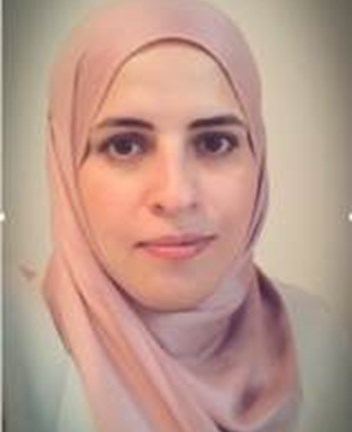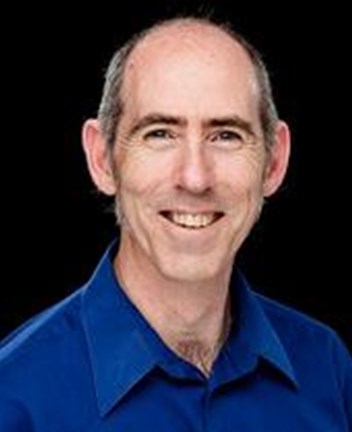The University of Western Australia (UWA) student supported by Lloyd’s Register Foundation ICN aims to understand fundamental material characteristics and the engineering issues of porous silicon as a new platform to create the detector (pixel) which could be used in next generation, low-cost thermal imaging camera’s to enhance vehicle safety.
Pedestrians and cyclists accounted for 15% of all those killed on Australian roads in 2008 and more than 12,000 hospitalisations, with similar statistics reported world wide. Commercial anti-collision warning systems based on high speed visible cameras and radar can enhance the driver’s ability to avoid these road users but can’t easily tell the difference between people and objects in poor visibility, conditions more likely to lead to an accident. Thermal imaging cameras may solve this issue but are still costly and both high sensitivity and high speed can’t be achieved at the same time using existing technologies. The solution may be a nanomaterial called porous silicon, under investigation by Dr. Keating and Dr. Parish at the University of Western Australia (UWA). The material is based on silicon, the foundation of all high-volume microelectronics today, but includes nanometer sized pores which can be engineered to alter the optical, electrical, thermal and mechanical properties of the material. Such flexibility in tuning the material parameters offers an amazing platform to investigate next-generation thermal imaging. The UWA team has solved key issues to make the material compatible with low-cost microelectronics manufacturing and more recently has been able to fabricate simple micromachines from porous silicon, a key step to creating the pixels required for a thermal camera.

My name is Yaman Afandi. I am a PhD chemical engineering student at the University of Western Australia, Perth, Australia. I am from Aleppo, Syria. I graduated from King Abdulaziz University, Jeddah, Saudi Arabic, with a Bachelor of Science in Physics in 2004. I received a scholarship to study at the same university to complete my Master of Science degree in Physics in 2011. My project in master was about microwave measurements of dielectric properties of nitride ceramics. I worked on cavity perturbation technique to measure dielectric properties at high frequencies, and some other characterizations techniques such as XRD, FTIR and SEM to study the structural changing of nitride ceramics after exposing to microwave radiation. I have a great passion for research and science. I received a reward as the second-best presentation in a local science and engineering forum in KAU in 2011. I participated in a poster in International Symposium on Compound Semiconductors 2010 in Japan. I published a research paper in 2011. After I received my master degree, I worked as a lecturer in Al-Farabi College, Jeddah, Saudi Arabia and was responsible for arranging scientific projects and workshops to promote understanding some physical concepts. I also arranged similar projects for young students in primary and middle school.

Adrian Keating has 21 years experience in IR optics, 15 in MEMS and 9 years advancing porous silicon research. He will co-supervise and work with the student undertaking micromachining, mechanical studies and optical characterisation of absorbers and resonant detectors.
Gia Parish has 18 years experience in the area of AlGan/Gan transistors including growth, device fabrication and characterisation, and 11 years experience in sensors and porous silicon materials and device fabrication technologies.